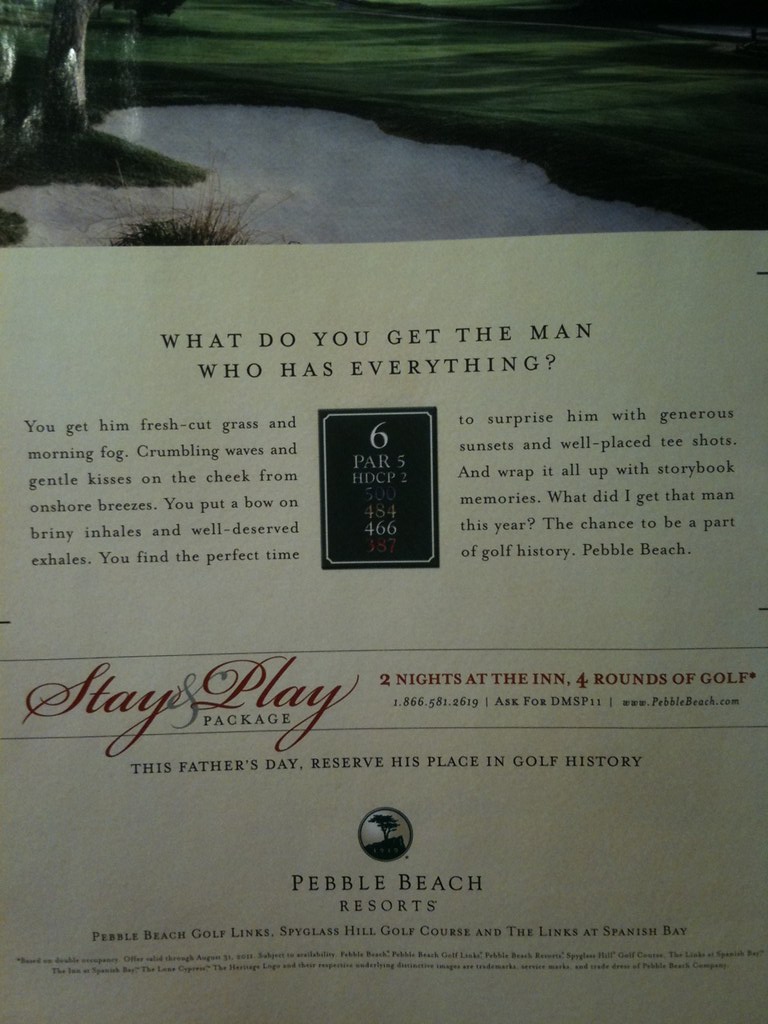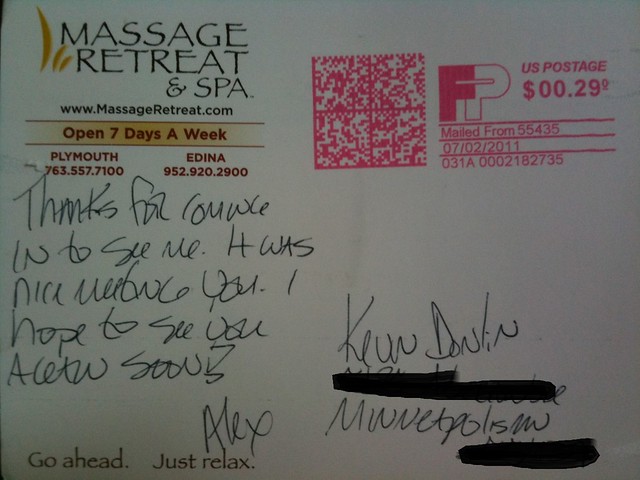He's building his business using a series of 5 emails I created for him to send out to prospects.
Here's a sample of Claude's results:
I signed up one customer last week for 25 hours after sending the first two emails in the series. It is a good thing that I followed up with a phone call as the emails had gone into the customer’s junk email. He was embarrassed but grateful that I took the time to call. He was a an easy acquisition. The emails did play a part in the process.
Another lady has promised to give me an answer about transferring her two daughters from a competitor. She called back two days after the first email. She is looking at 100 hours. If she signs up that is a home run.
The email templates definitely played a role in acquiring these two customers. It is so much easier to respond on a timely basis using the templates. Being a slow typist it would take me an hour to draft an equivalent email. And of course I do not have the outstanding writing skills that you do.
There are two Big Lessons here:
1) You must follow up systematically with prospects by email.
For Claude, I wrote a series of emails that he sends out, in order, to every prospect. It's the same sales message every time. He doesn't have to wing it or wonder what to write. It's done for him.
As you can see above, these emails are paying him back -- big time -- in sales he otherwise might have lost.
When it comes to send your follow-up emails, there are two ways to do it ...
- Manually, as Claude does. This can work with your average sale is pretty high and it's worth the 20-30 minutes a day it takes to systematically send out emails to all prospects in your funnel.
- Automatically, using an autoresponder service like Aweber (which I use and recommend). This is more technically involved, but it's the same principle: Once a prospect gives you permission to contact them, they should get a series of automatic emails to educate and convert them into clients.
Now, here's a second Big Lesson from Claude's success story ...
2) Use the phone.
Because the best email in the world won't help you if it ends up in your prospect's spam folder.
So, if you charge more than, say, $20 for what you do, and you have the prospect's phone number, call them at least once during your follow-up process.
You'll find more ideas like these in my Free Report, Guaranteed Marketing.




